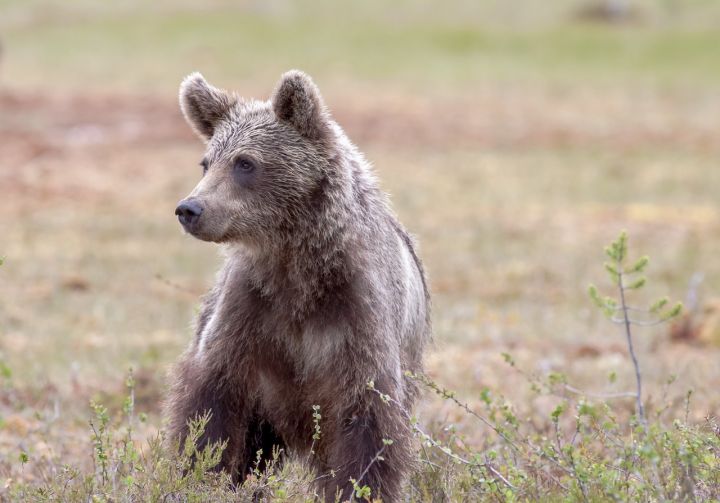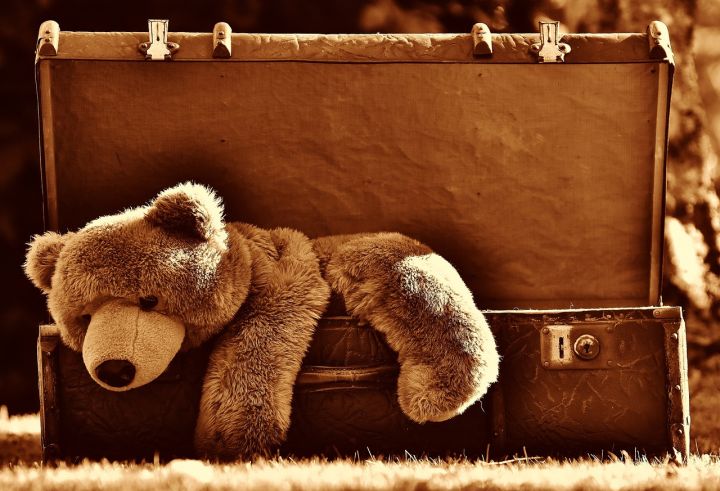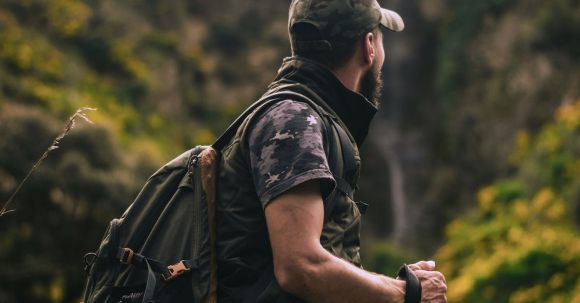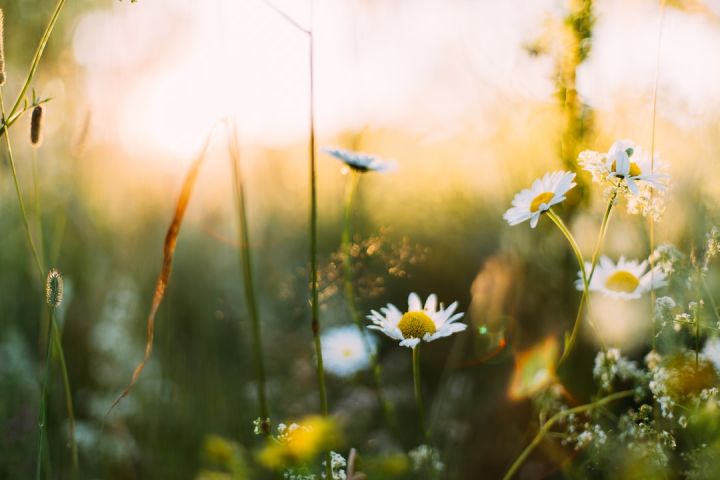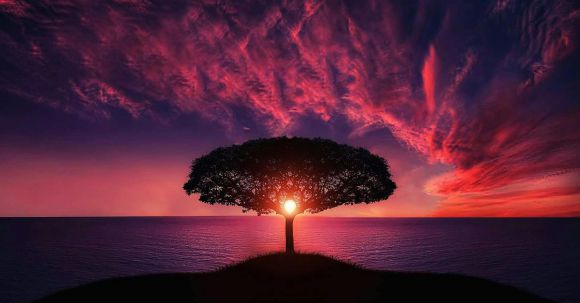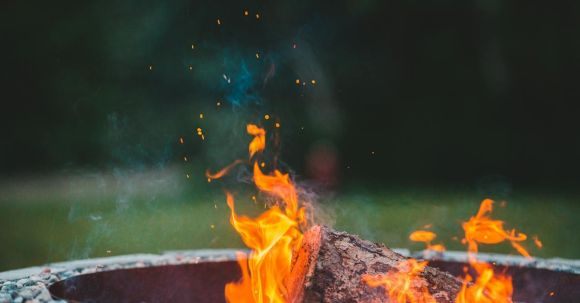What Season Is Best for Bear Spotting?
When it comes to bear spotting, timing is everything. These majestic creatures are known for their elusive nature, making it a thrilling experience to catch a glimpse of them in the wild. But what season is the best for bear spotting? Let’s delve into the different seasons and their unique characteristics to find out.
Spring: A Time of Awakening
As the snow starts to melt and nature comes alive, spring is a time of awakening for bears. After a long period of hibernation, bears emerge from their dens in search of food and water. Spring is also when bear cubs are born, adding an extra element of cuteness to the mix. However, bear sightings in spring can be quite challenging as they are still in the process of venturing out and are more cautious.
Summer: A Bounty of Opportunities
Summer is undoubtedly the most popular season for bear spotting. With an abundance of food and longer days, bears become more active and venture out of their hiding spots. This is the time when they are engrossed in feeding and preparing themselves for the upcoming winter. Whether it’s foraging for berries or catching fish in the rivers, bears can be found in various habitats during the summer months. The warm weather also means more opportunities for outdoor enthusiasts to explore and observe these magnificent creatures.
Fall: A Season of Harvest
As the leaves start to change color and the air turns crisp, fall is a season of harvest for both bears and humans. Bears are on a mission to bulk up for the winter ahead, consuming as much food as they can find. This is when they are most visible, as they scavenge for acorns, nuts, and other high-calorie food sources. Fall is also the time when bears are preparing for hibernation, and their behavior can be quite fascinating to observe. However, it’s important to keep a safe distance during this season, as bears can become more aggressive in their quest for food.
Winter: A Time of Slumber
When winter arrives, bears enter a state of deep slumber known as hibernation. They retreat to their dens, where they conserve energy and survive on stored fat reserves. While it may seem counterintuitive, winter can actually be a great time for bear spotting. In areas with milder climates, bears may not hibernate completely, making it possible to catch a glimpse of them in search of food. However, extreme caution should be taken during these encounters, as bears can be more unpredictable and dangerous due to their increased hunger and desperation.
Conclusion: Timing is Key
In the end, there is no definitive answer to the question of which season is best for bear spotting. Each season offers its own unique opportunities and challenges. If you’re looking for bear cubs and a sense of renewal, spring is the season for you. For increased bear activity and a chance to witness their feeding habits, summer is the ideal time. Fall provides a glimpse into their preparation for winter, while winter itself can offer unexpected encounters for the adventurous. Ultimately, the best time for bear spotting depends on your preferences and the specific region you are exploring. So pack your binoculars, do your research, and embark on a thrilling bear spotting adventure whenever the timing feels right.
